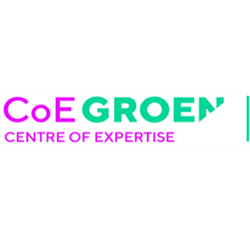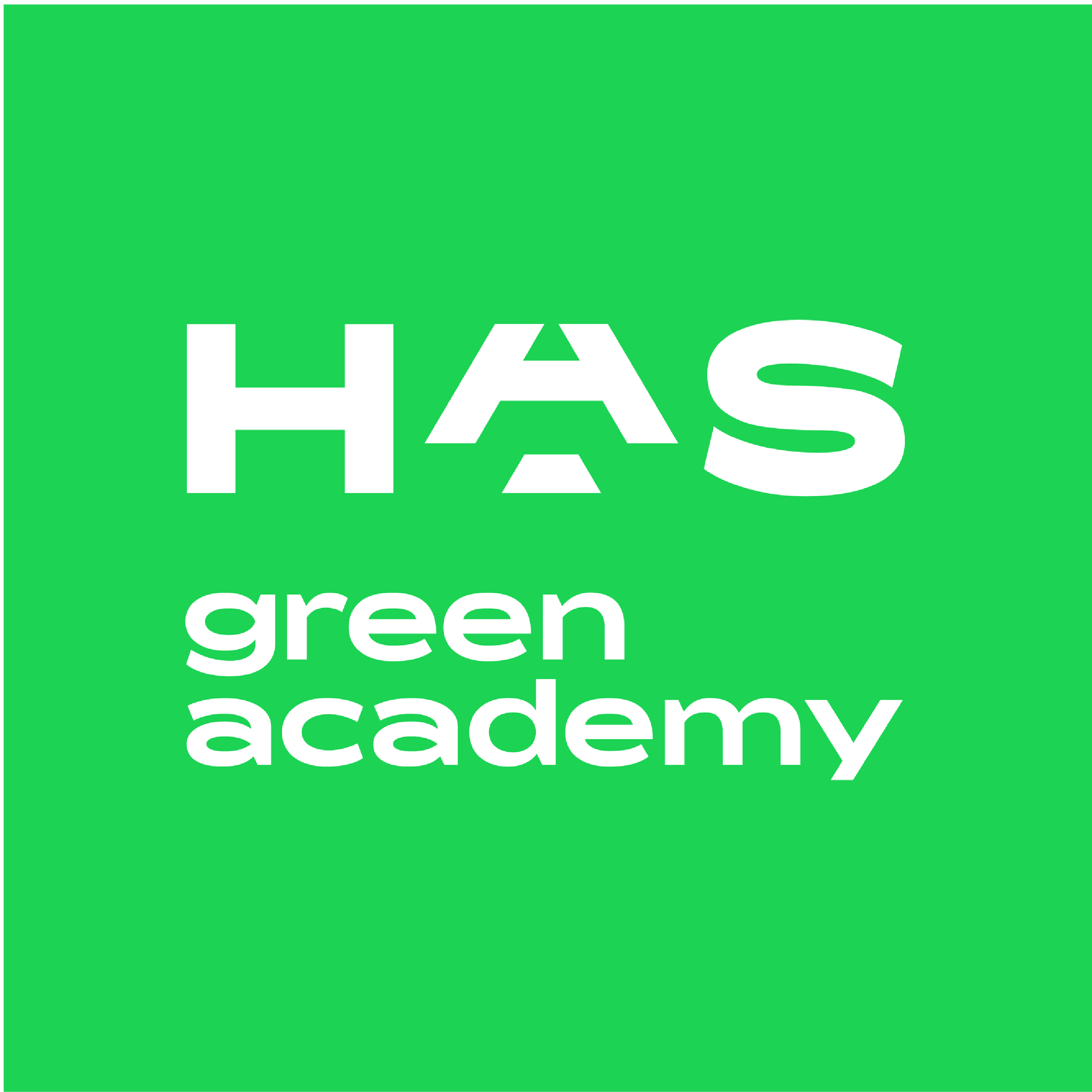ObjectiveTo investigate whether duration of knee symptoms influenced the magnitude of the effect of exercise therapy compared to non-exercise control interventions on pain and physical function in people with knee osteoarthritis (OA).MethodWe undertook an individual participant data (IPD) meta-analysis utilising IPD stored within the OA Trial Bank from randomised controlled trials (RCTs) comparing exercise to non-exercise control interventions among people with knee OA. IPD from RCTs were analysed to determine the treatment effect by considering both study-level and individual-level covariates in the multilevel regression model. To estimate the interaction effect (i.e., treatment x duration of symptoms (dichotomised)), on self-reported pain or physical function (standardised to 0–100 scale), a one-stage multilevel regression model was applied.ResultsWe included IPD from 1767 participants with knee OA from 10 RCTs. Significant interaction effects between the study arm and symptom duration (≤1 year vs >1 year, and ≤2 years vs>2 years) were found for short- (∼3 months) (Mean Difference (MD) −3.57, 95%CI −6.76 to −0.38 and −4.12, 95% CI-6.58 to −1.66, respectively) and long-term (∼12 months) pain outcomes (MD −8.33, 95%CI −12.51 to −4.15 and −8.00, 95%CI −11.21 to −4.80, respectively), and long-term function outcomes (MD −5.46, 95%CI −9.22 to −1.70 and −4.56 95%CI −7.33 to-1.80, respectively).ConclusionsThis IPD meta-analysis demonstrated that people with a relatively short symptom duration benefit more from therapeutic exercise than those with a longer symptom duration. Therefore, there seems to be a window of opportunity to target therapeutic exercise in knee OA.
DOCUMENT

ObjectivesTo investigate cartilage tissue turnover in response to a supervised 12-week exercise-related joint loading training program followed by a 6-month period of unsupervised training in patients with knee osteoarthritis (OA). To study the difference in cartilage tissue turnover between high- and low-resistance training.MethodPatients with knee OA were randomized into either high-intensity or low-intensity resistance supervised training (two sessions per week) for 3 months and unsupervised training for 6 months. Blood samples were collected before and after the supervised training period and after the follow-up period. Biomarkers huARGS, C2M, and PRO-C2, quantifying cartilage tissue turnover, were measured by ELISA. Changes in biomarker levels over time within and between groups were analyzed using linear mixed models with baseline values as covariates.ResultshuARGS and C2M levels increased after training and at follow-up in both low- and high-intensity exercise groups. No changes were found in PRO-C2. The huARGS level in the high-intensity resistance training group increased significantly compared to the low-intensity resistance training group after resistance training (p = 0.029) and at follow-up (p = 0.003).ConclusionCartilage tissue turnover and cartilage degradation appear to increase in response to a 3-month exercise-related joint loading training program and at 6-month follow-up, with no evident difference in type II collagen formation. Aggrecan remodeling increased more with high-intensity resistance training than with low-intensity exercise.These exploratory biomarker results, indicating more cartilage degeneration in the high-intensity group, in combination with no clinical outcome differences of the VIDEX study, may argue against high-intensity training.
DOCUMENT

Background: Osteoarthritis (OA) is a chronic disease primarily affecting older adults, mainly impacting the hip and knee joints. The increasing prevalence of OA contributes to rising healthcare demands and costs. Current OA treatment guidelines emphasize the importance of self-management education and guidance, particularly in promoting physical activity and weight management. In addition, improving sleep is crucial for managing OA. Developing effective self-management interventions necessitates a comprehensive understanding of the factors that facilitate these behaviors. Especially for changing health behaviors, it is important to focus on psychosocial factors. Therefore, this systematic review aimed to identify the psychosocial factors associated with physical activity, weight management, and sleep in adults with hip and/or knee OA. Methods: Five databases (PubMed, Embase, CINAHL, PyschINFO, Web of Science) were searched for observational studies reporting statistics on the association between psychosocial determinants and physical activity, weight management, or sleep in people with OA. The methodological quality was assessed using the Quality Assessment Tool for Observational Studies of the National Heart, Lung, and Blood Institute. After screening 5,812 articles, 31 studies were included for analysis. Results: The results showed that intention, self-efficacy, and willpower beliefs were positively associated with physical activity. Kinesiophobia, pain catastrophizing and pain-related fear were negatively associated with physical activity. Depressive symptoms, negative affect, pain catastrophizing, and low willpower beliefs were associated with poor weight management. Anxiety, depression, pain anxiety, and post-traumatic stress disorder were related to poor sleep behavior. Conclusions This review enhances the understanding of the psychosocial factors underlying physical activity, weight management and sleep in OA. These insights are valuable for developing tailored behavior change interventions aimed at improving physical activity, weight management and sleep in patients with hip and/or knee OA.
MULTIFILE

As the Dutch population is aging, the field of music-in-healthcare keeps expanding. Healthcare, institutionally and at home, is multiprofessional and demands interprofessional collaboration. Musicians are sought-after collaborators in social and healthcare fields, yet lesser-known agents of this multiprofessional group. Although live music supports social-emotional wellbeing and vitality, and nurtures compassionate care delivery, interprofessional collaboration between musicians, social work, and healthcare professionals remains marginal. This limits optimising and integrating music-making in the care. A significant part of this problem is a lack of collaborative transdisciplinary education for music, social, and healthcare students that deep-dives into the development of interprofessional skills. To meet the growing demand for musical collaborations by particularly elderly care organisations, and to innovate musical contributions to the quality of social and healthcare in Northern Netherlands, a transdisciplinary education for music, physiotherapy, and social work studies is needed. This project aims to equip multiprofessional student groups of Hanze with interprofessional skills through co-creative transdisciplinary learning aimed at innovating and improving musical collaborative approaches for working with vulnerable, often older people. The education builds upon experiential learning in Learning LABs, and collaborative project work in real-life care settings, supported by transdisciplinary community forming.The expected outcomes include a new concept of a transdisciplinary education for HBO-curricula, concrete building blocks for a transdisciplinary arts-in-health minor study, innovative student-led approaches for supporting the care and wellbeing of (older) vulnerable people, enhanced integration of musicians in interprofessional care teams, and new interprofessional structures for educational collaboration between music, social work and healthcare faculties.
MUSE supports the CIVITAS Community to increase its impact on urban mobility policy making and advance it to a higher level of knowledge, exchange, and sustainability.As the current Coordination and Support Action for the CIVITAS Initiative, MUSE primarily engages in support activities to boost the impact of CIVITAS Community activities on sustainable urban mobility policy. Its main objectives are to:- Act as a destination for knowledge developed by the CIVITAS Community over the past twenty years.- Expand and strengthen relationships between cities and stakeholders at all levels.- Support the enrichment of the wider urban mobility community by providing learning opportunities.Through these goals, the CIVITAS Initiative strives to support the mobility and transport goals of the European Commission, and in turn those in the European Green Deal.Breda University of Applied Sciences is the task leader of Task 7.3: Exploitation of the Mobility Educational Network and Task 7.4: Mobility Powered by Youth Facilitation.
Patiëntdata uit vragenlijsten, fysieke testen en ‘wearables’ hebben veel potentie om fysiotherapie-behandelingen te personaliseren (zogeheten ‘datagedragen’ zorg) en gedeelde besluitvorming tussen fysiotherapeut en patiënt te faciliteren. Hiermee kan fysiotherapie mogelijk doelmatiger en effectiever worden. Veel fysiotherapeuten en hun patiënten zien echter nauwelijks meerwaarde in het verzamelen van patiëntdata, maar vooral toegenomen administratieve last. In de bestaande landelijke databases krijgen fysiotherapeuten en hun patiënten de door hen zelf verzamelde patiëntdata via een online dashboard weliswaar teruggekoppeld, maar op een weinig betekenisvolle manier doordat het dashboard primair gericht is op wensen van externe partijen (zoals zorgverzekeraars). Door gebruik te maken van technologische innovaties zoals gepersonaliseerde datavisualisaties op basis van geavanceerde data science analyses kunnen patiëntdata betekenisvoller teruggekoppeld en ingezet worden. Wij zetten technologie dus in om ‘datagedragen’, gepersonaliseerde zorg, in dit geval binnen de fysiotherapie, een stap dichterbij te brengen. De kennis opgedaan in de project is tevens relevant voor andere zorgberoepen. In dit KIEM-project worden eerst wensen van eindgebruikers, bestaande succesvolle datavisualisaties en de hiervoor vereiste data science analyses geïnventariseerd (werkpakket 1: inventarisatie). Op basis hiervan worden meerdere prototypes van inzichtelijke datavisualisaties ontwikkeld (bijvoorbeeld visualisatie van patiëntscores in vergelijking met (beoogde) normscores, of van voorspelling van verwacht herstel op basis van data van vergelijkbare eerdere patiënten). Middels focusgroepinterviews met fysiotherapeuten en patiënten worden hieruit de meest kansrijke (maximaal 5) prototypes geselecteerd. Voor deze geselecteerde prototypes worden vervolgens de vereiste data-analyses ontwikkeld die de datavisualisaties op de dashboards van de landelijke databases mogelijk maken (werkpakket 2: prototypes en data-analyses). In kleine pilots worden deze datavisualisaties door eindgebruikers toegepast in de praktijk om te bepalen of ze daadwerkelijk aan hun wensen voldoen (werkpakket 3: pilots). Uit dit 1-jarige project kan een groot vervolgonderzoek ‘ontkiemen’ naar het effect van betekenisvolle datavisualisaties op de uitkomsten van zorg.
Centre of Expertise, onderdeel van Hogeschool Van Hall Larenstein, HAS green academy, Aeres Hogeschool

Lectoraat, onderdeel van HAS green academy
